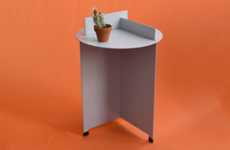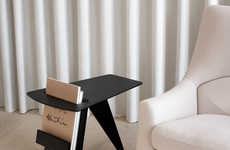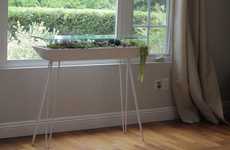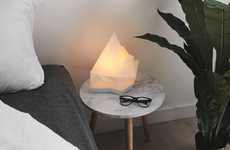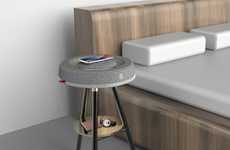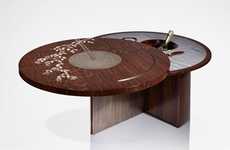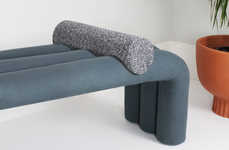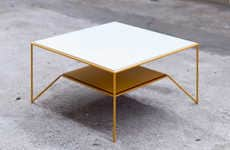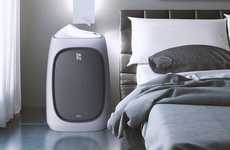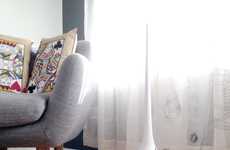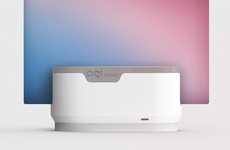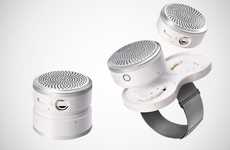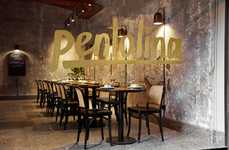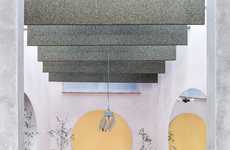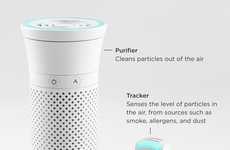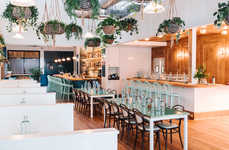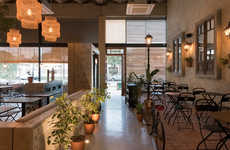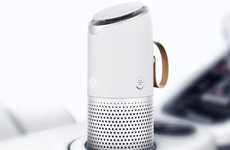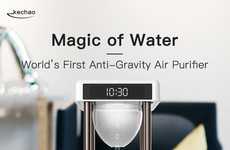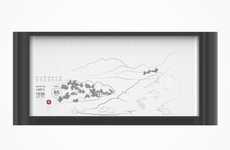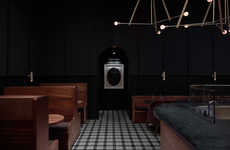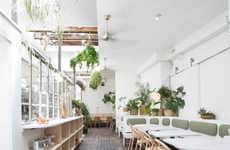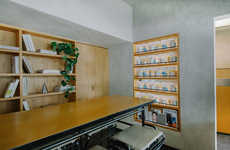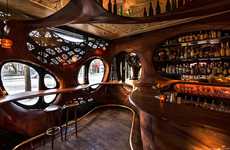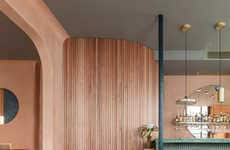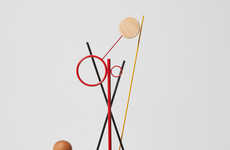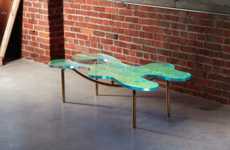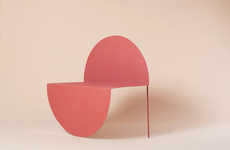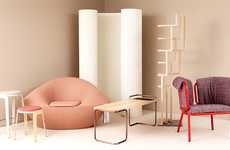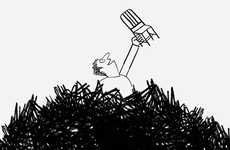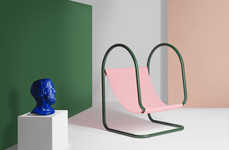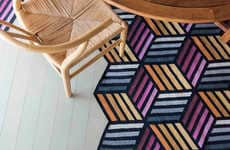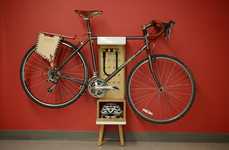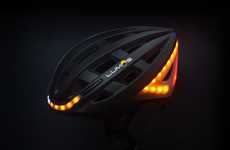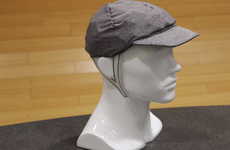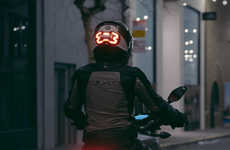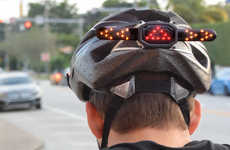
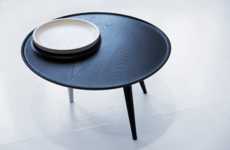
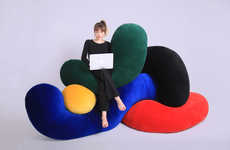

Brands more deliberately take inspiration from psychology in the process of design
Trend - Brands are more intentionally touting the human psychology that inspires the design of their products–with everything from architecture to interior design being impacted by explicit psychological concepts.
Insight - Consumers are increasingly seeking out deeper connections with the brands and products they consume on a daily basis. The use of social media and other forms of technology can result in consumers feeling somewhat disconnected and detached from real-world engagement. As such, consumers are seeking out product solutions and designs that help fill a psychological void.
Insight - Consumers are increasingly seeking out deeper connections with the brands and products they consume on a daily basis. The use of social media and other forms of technology can result in consumers feeling somewhat disconnected and detached from real-world engagement. As such, consumers are seeking out product solutions and designs that help fill a psychological void.
Workshop Question - In what way does human psychology impact your product/service? How could your brand more explicitly target this?
Trend Themes
1. Design Psychology - As consumers seek out deeper connections with the brands and products they consume on a daily basis, brands are more deliberately taking inspiration from psychology in their product designs.
2. Nature-inspired Products - Consumers are looking for products that provide a functional nature-infused element as they seek to bring nature back into their lives.
3. Modular Designs - Consumers are increasingly seeking out product solutions and designs that are modular and adaptable to their personal needs and space restrictions.
Industry Implications
1. Sports Technology - Designers can fuse technology and design to create products that have a massive impact in the sports world by helping athletes save valuable milliseconds during competition.
2. Furniture Design - Designers can create new artistic and sculptural furniture designs that are functional and comfortable while also enhancing the consumer's overall experience.
3. Restaurant Interior Design - Designers can apply the psychology of behavior behind design to differentiate areas within a restaurant and create a laid-back atmosphere that encourages specific consumer behavior.
5 Featured, 45 Examples:
203,545 Total Clicks
Date Range:
Jul 17 — Aug 19
Trending:
Warm
Consumer Insight Topics:

